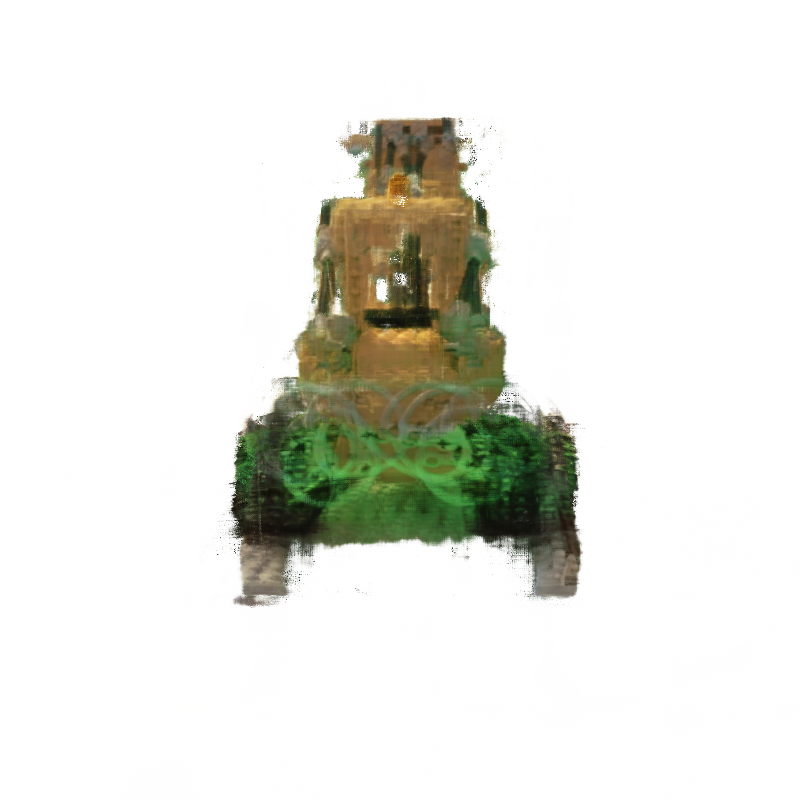New issue
Have a question about this project? Sign up for a free GitHub account to open an issue and contact its maintainers and the community.
By clicking “Sign up for GitHub”, you agree to our terms of service and privacy statement. We’ll occasionally send you account related emails.
Already on GitHub? Sign in to your account
Some questions about the paper #2
Comments
|
Thanks for your interest in our work!
|
|
It seems it generalizes not that well in this case. If you then finetune the model to the lego scene from this point, does it take shorter time to attain the same performance (or better?) comparing to training only on the lego scene from scratch? |
|
Wow, just 1k iters! That's a really fast convergence! How long does it take to actually achieve the same level of performance? From the image I'd say it's still about 26 to 27 in PSNR but the best model trained from scratch can reach 32 to 33. |


Hi, thanks for the great work!
I have some questions:
The text was updated successfully, but these errors were encountered: